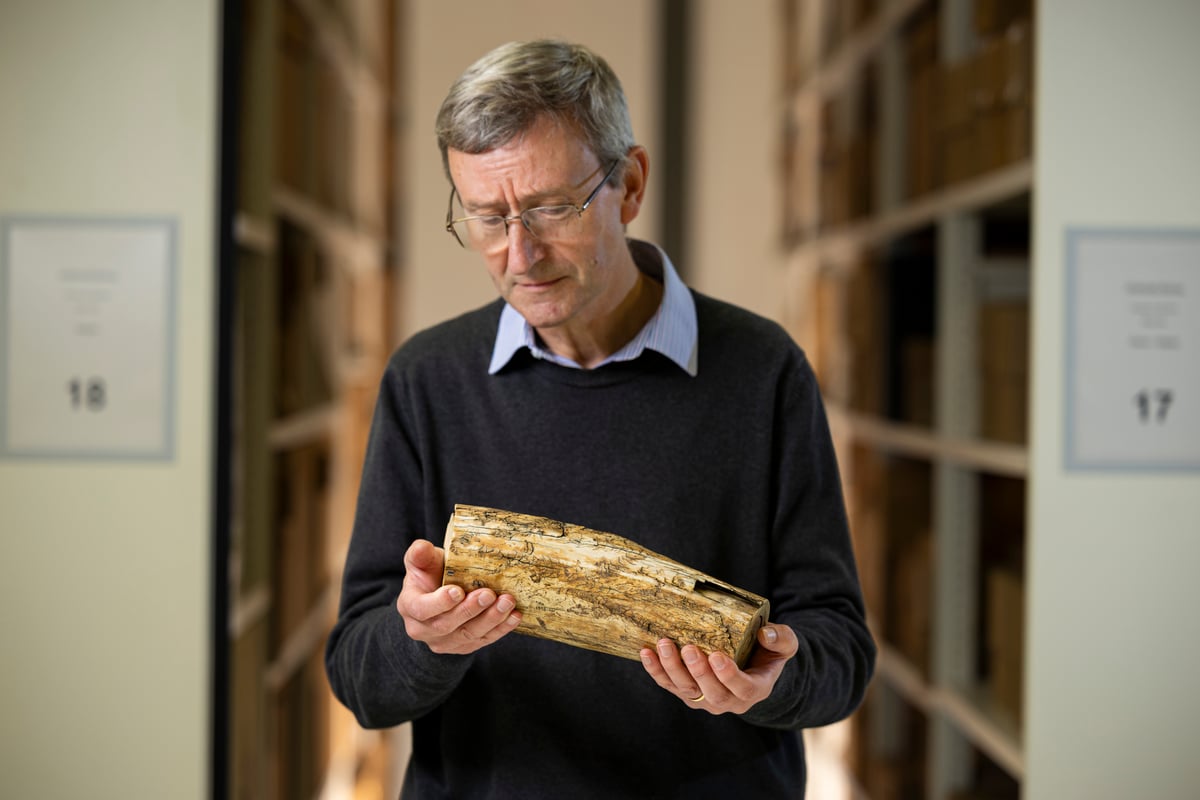Copyright scotsman

A search has been launched for a piece of woolly mammoth tusk found in Scotland which went missing in Edinburgh 60 years ago. In July 1820, workmen digging the Union Canal near Kirkliston found a tusk of a woolly mammoth, which died on what is now Cliftonhall Estate about 29,000 years ago. Originally weighing 12kg and measuring almost one-metre long, there was considerable excitement surrounding the discovery of the tusk. READ MORE: Giants: The new immersive experience will take you into mammoth wonderland The landowner, Alexander Gibson Maitland instructed that the tusk be taken to the main house, but a workman instead went to Edinburgh and sold it to an ivory turner for £2, according to accounts. The tusk was cut into three pieces, one which was due to be turned into chessmen. The landowner bought back two pieces, which were later gifted to the Free Church College museum. When that closed in 1966, the pieces of tusk disappeared. One piece showed up some 20 years later, when it was handed to National Museum of Scotland - but the whereabouts of the second piece has always been unknown. Now, as the museum prepares launch its Giants exhibition, which will showcase prehistoric mammals from a mammoth to a sabre toothed big cat and a colossal megalodon shark, a final call to find the missing piece of tusk has been launched. READ MORE: Still Glasgow: First look at striking new photo exhibition that captures Glasgow past and present Professor Andrew Kitchener, principal curator of vertebrate biology at National Museums Scotland, said: “Despite going extinct thousands of years ago, woolly mammoths have captivated the public imagination for centuries. “I hope that the last piece of the Cliftonhall mammoth tusk survives somewhere, possibly in an Edinburgh attic or storage cupboard. “As tickets go on sale for Giants at the National Museum of Scotland, it is the perfect time to renew our appeal to find the tusk and discover more about the lives of these iconic prehistoric creatures right here in Scotland. “We look forward to that Cinderella moment of bringing the two pieces together again.” Recovering the remaining section of the tusks would enrich Scotland’s internationally significant natural sciences collection and improve our understanding of Scotland’s prehistoric past, Prof Kitchener added. Several finds of woolly mammoth have been found in Scotland, including a piece of tusk at Greenhill Quarry, Ayrshire in January 1817, which was found under five metres of clay. On its discovery, the Earl of Eglinton cut the tusk in two and kept one part at Eglinton Castle. He donated the other half to the College Museum of the University of Edinburgh. Nearly a century later in 1915, the Eglinton Castle piece was donated to the Royal Scottish Museum, the forerunner of National Museums Scotland. More recently, a large mammoth bone was discovered by a marine worker near Stranraer in 2018. NMS confirmed that the bone was some 45,000 years old. Members of the public are asked to get in touch with any information about the location of the Cliftonhall tusk by emailing info@nms.ac.uk. READ MORE: Love Scottish history? So do we, so sign up to our newsletter and get all the best stories delivered to your inbox Giants, is an immersive, family-friendly exhibition opening in Edinburgh in January. The exhibition is developed by the Royal Belgian Institute of Natural Sciences and toured by Nomad Exhibitions. The show will open at NMS on January 31, with tickets now on sale at https://www.nms.ac.uk/exhibitions/giants.



